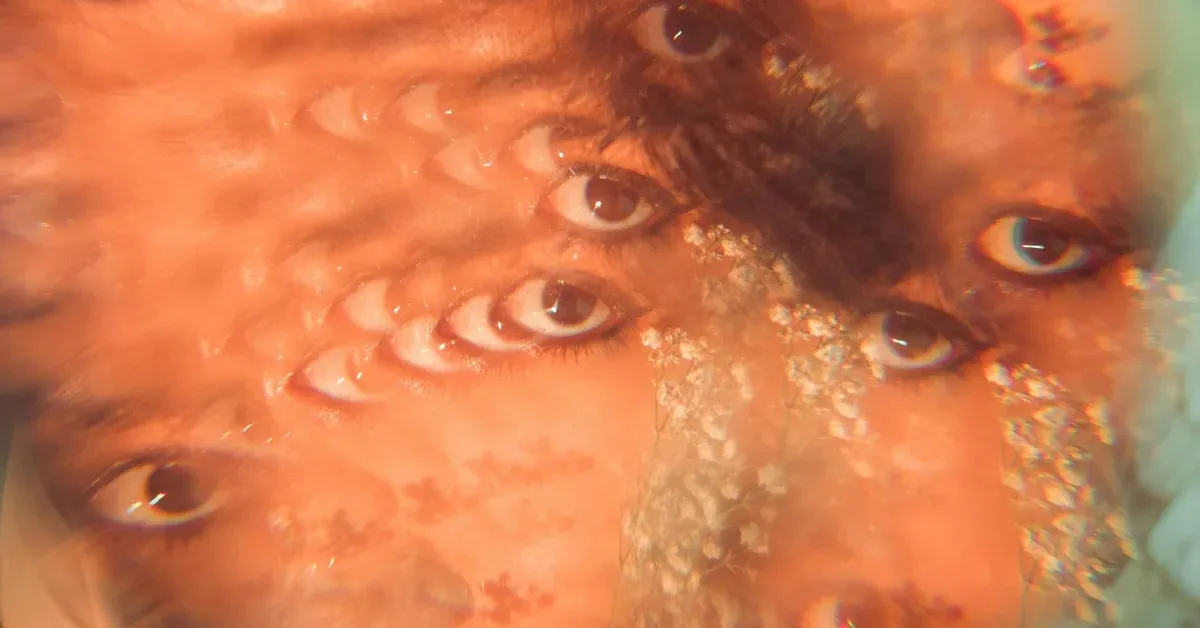
Ever feel like reality is just a suggestion? Like those strange coincidences, flashes of intuition, or even premonitions aren’t just random brain glitches? A new study is backing up that feeling with real science, suggesting your mind might be running its own private program, constantly adjusting how you perceive reality. We’re talking about something called subconscious reality distortion, and it turns out some of us are just built for it.
Your Mind’s Secret Connection
Forget supernatural powers. This isn’t about crystals or palm reading. This is about how your brain works. Researchers have found a cognitive trait they call “subconscious connectedness” – basically, how well your conscious thoughts link up with your deeper, non-conscious mental processes. Think of it like a hidden network between your waking mind and the huge data center of your subconscious. Some people have a strong connection, while others barely have a signal.
A professor emeritus at the University of North Carolina at Chapel Hill led the research and found that people vary a lot in this internal connection. To measure it, they created the “Thought Impact Scale,” surveying over 2,000 adults across the U.S. People rated how much they agreed with statements about their mental experiences, including gut feelings, automatic thoughts, emotional responses, and spontaneous mental images. The higher the score, the more “connected” they were to their subconscious backend.
This isn’t just theory. It’s a measurable psychological trait that could explain why your view of the world feels different from your neighbor’s. You might not even realize your brain is operating on autopilot mode for a big chunk of your day.
When Reality Gets Strange
So what happens when your conscious and subconscious minds are constantly talking to each other? Things get weird. The study found a strong link between high subconscious connectedness and way more “anomalous experiences.” We’re talking everything from weird coincidences and telepathic feelings to prophetic dreams. People with high scores on the Thought Impact Scale reported more than three times as many of these strange experiences.
It’s not just quick moments either. The research showed that all thirteen types of anomalous experiences they measured had a strong connection to this heightened subconscious activity. This isn’t about proving psychic abilities exist, but understanding why some people experience these things more often or more intensely.
It might feel like magic, but the science points to internal wiring. Our minds are incredible pattern-matching machines, and a highly connected subconscious might just pick up on signals or make connections that others miss – or simply see them as more meaningful. As one researcher noted, people are more likely to have these experiences when their internal systems lead to perceptions that stray from objective reality, creating a world of personal truths.
How Magical Thinking Works
This research gives us a cool look into what drives “magical thinking” – the belief that thoughts, words, or actions can influence events. It’s a human trait that shows up surprisingly often, even among highly educated people in Western societies. If your subconscious is constantly chatting with your conscious mind, feeding it intuitive hits and strong feelings, it’s not a big jump to start believing those internal signals have external power. It’s the perfect internal feedback loop, where your brain might convince itself it’s changing reality, even when it’s just processing information in a uniquely intense way.
This deeper look into how we work shows how our individual psychological traits can completely change our perception. It’s less about ghosts and more about the ghost in the machine – your own mind, quietly adjusting what you believe is possible. The lines between objective reality and our personal experience are blurrier than we think, and this study gives us a great framework for understanding why some of us live in a world that feels a little more magical.
You can read more about the initial findings in Popular Mechanics and further details of the study on PsyPost. Future studies aim to find the exact cognitive differences that drive this heightened tendency, promising even more insights into the complex dance between our conscious and subconscious minds.